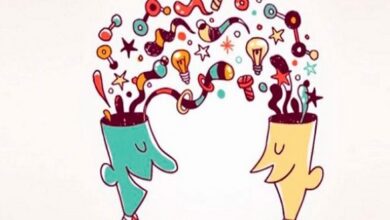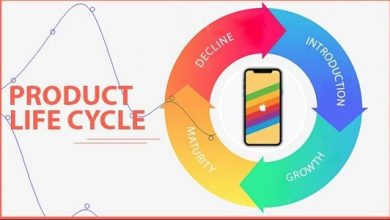Economics/Business
Economics
Economics is the social science that studies how individuals, businesses, governments, and societies allocate scarce resources to satisfy their unlimited wants and needs. It is concerned with the production, distribution, and consumption of goods and services, and the decisions and behaviors of individuals and institutions that shape these processes.
By reading the intensive articles of Englopedia.com you will grasp that it is a broad field that encompasses various branches and subfields, including microeconomics, macroeconomics, international economics, labor economics, behavioral economics, and many others. Microeconomics focuses on the behavior of individuals and firms, while macroeconomics looks at the overall performance of the economy, including issues such as inflation, unemployment, and economic growth. International economics examines the flow of goods, services, and capital across borders, while labor economics focuses on the behavior of workers and employers in the labor market.
Englopedia will make you aware that Economists use a range of tools and techniques, such as mathematical modeling, statistical analysis, and experimental methods, to study and analyze economic phenomena. They aim to understand how markets work, how individuals and institutions make decisions, and how public policies and institutions impact economic outcomes.
Through the leading articles of Englopedia you will realize that Economics has significant implications for individuals, businesses, governments, and societies, as it can inform decisions related to investments, production, taxation, trade, and social welfare policies. It is a crucial field of study for understanding the functioning and dynamics of modern economies and for addressing pressing global issues, such as inequality, climate change, and economic development.
-

Knowledge management in a company its purpose importance and Examples
Knowledge management The knowledge management (KM) is the art of turning what few know of something that can be shared. After…
Read More » -

What is Organizational architecture Types Classification and How to structure
What is organizational architecture Organizational architecture is one of the foundations that support employee engagement . They can damage relationships between teams,…
Read More » -

What is a leadership development program and How to design
What is a leadership development program? A leadership development program , also known as a LDP, is a set of…
Read More » -

What is Nonviolent Communication Importance and implementation
Nonviolent Communication The Nonviolent Communication (NVC) is a skill increasingly present in companies and proposes a new way to express wants and…
Read More » -

How to keep employees engaged and motivated its measurement and importance
Employees engagement and motivation In this article we will provide you the way how to keep employees engaged and motivated…
Read More » -

How to anticipate customer needs importance and 5 Steps
Customer needs Consumer needs are those needs that lead a person to search for and pay for a product or…
Read More » -

Customer Health Score with making and measurement with 3 keys
Customer Health Score The Customer Health Score is an extremely important metric for evaluating the health of a company’s accounts and ensuring…
Read More » -

Tools to measure customer satisfaction its importance and Factors
Customer satisfaction In this article we will provide you the Tools to measure customer satisfaction its importance and Factors. Customer…
Read More » -

Stages of the product life cycle with importance of managing and examples
What is the life cycle of a product? In this article we will provide you the Stages of the product…
Read More » -

What is RFM analysis its purpose Elements and How to quantify and benefits
RFM analysis RFM (recency, frequency, monetary value) analysis is a marketing method used to identify the best customers based on…
Read More »